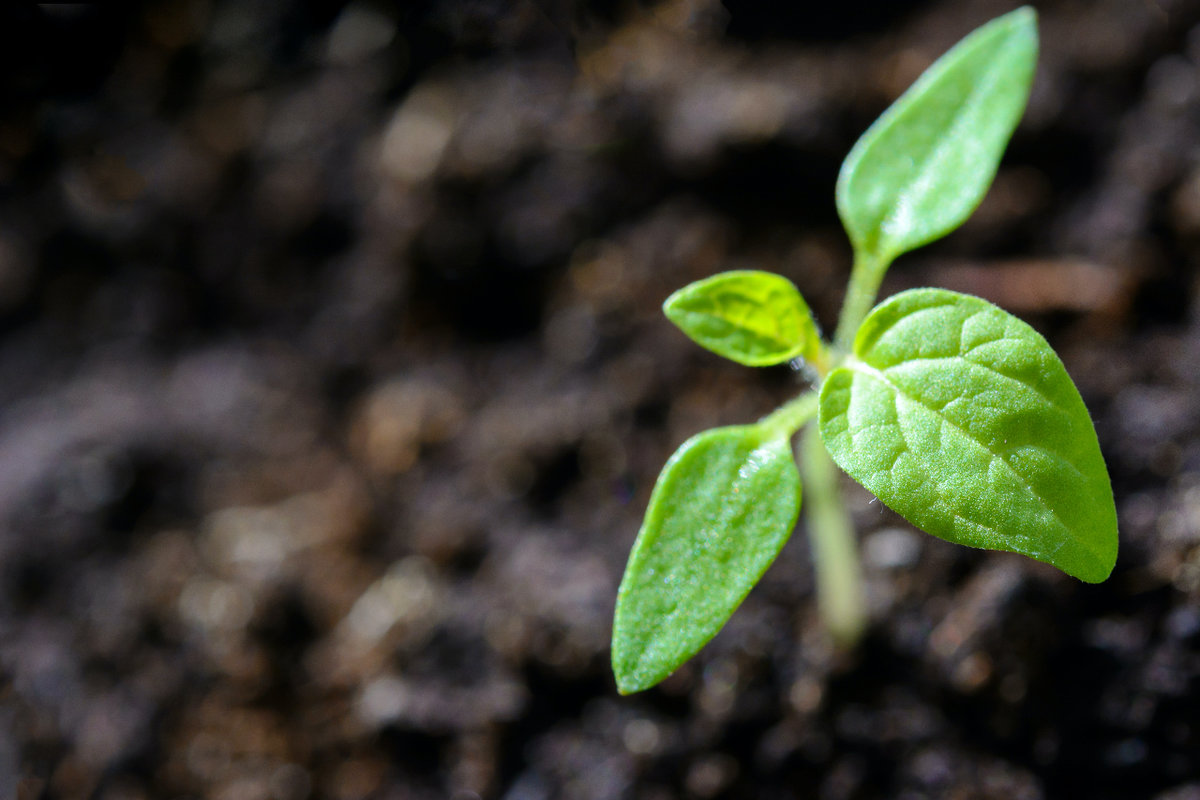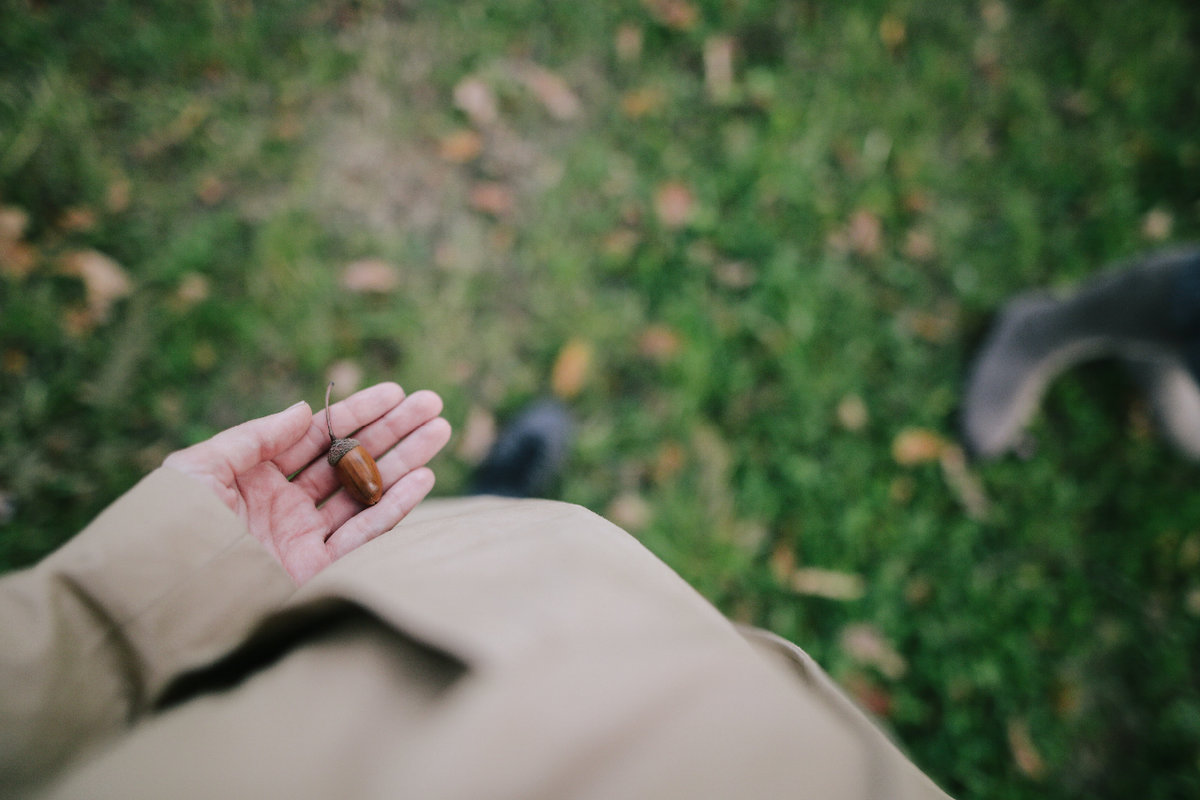
We collect basic website visitor information on this website and store it in cookies. We also utilize Google Analytics to track page view information to assist us in improving our website.
Written by: Summer Graham
 So, you want to get started on a native plant garden, but you aren’t sure where to get your plants. You can always check out our native plant nursery locator on the “Where to Buy” resource page, but what if you don’t live very close to a nursery, or your budget for starting a garden is smaller than you would like?
So, you want to get started on a native plant garden, but you aren’t sure where to get your plants. You can always check out our native plant nursery locator on the “Where to Buy” resource page, but what if you don’t live very close to a nursery, or your budget for starting a garden is smaller than you would like?
Plant propagation is a great way to grow your own plants from already established native plants. These could be plants from a friend or family members native plant garden, or from a rural landowner in your area. Please, ask for permission before taking plant cuttings or seeds from any private property, and don’t remove native plants from conservation areas, nature reserves, or municipal, provincial, and national parks!
Sexual Propagation
Sexual propagation involves the collection of seed once a plant has been pollinated. This method is different for each plant, so be sure to look into methods of seed collection and germination. If you plan on saving the seeds, look up how to properly store them and how to break dormancy when you are ready to plant. Propagation by seed collection is especially popular for native prairie and savannah restoration projects to help increase the chances of successful germination.
One relatively easy seed to collect and grow is the acorn, or the seed of native Oak trees (Quercus sp.). There are many different species of Oaks across Canada, so try to collect an acorn from under a tree you know to be native, and then follow these steps to germinate:
Oak trees (Quercus sp.). There are many different species of Oaks across Canada, so try to collect an acorn from under a tree you know to be native, and then follow these steps to germinate:
Asexual Propagation
Asexual propagation involves taking cuttings of a specimen plant, and effectively creating a “clone” plant. Here are some tips for collecting native plant cuttings:
For some native plants, rooting before planting isn’t even needed! Red-osier Dogwood (Cornus sericea) and many native willows (Salix sp.) can be propagated through stem cuttings in very early spring before budding, and then almost immediately planted or “staked” into suitable habitat. For more tips on this method of live staking, see this Nature Conservancy Canada blog post.
Now that you know a little more about plant propagation, go forth and multiply (your native plants)!
Resoures
Native Plant Network Propagation Protocol Database
Lady Bird Johnson Wildflower Centre – Species specific propagation information often available
Join our email list to receive occasional updates about Network of Nature and ensure you get the news that matters most, right in your inbox.